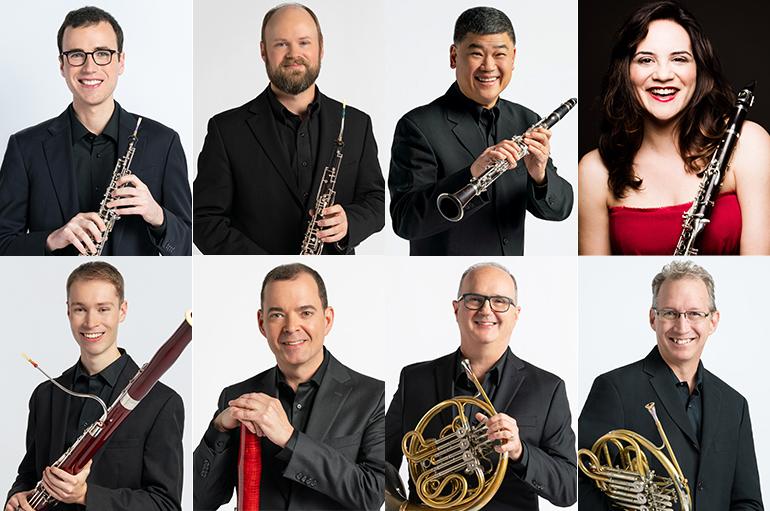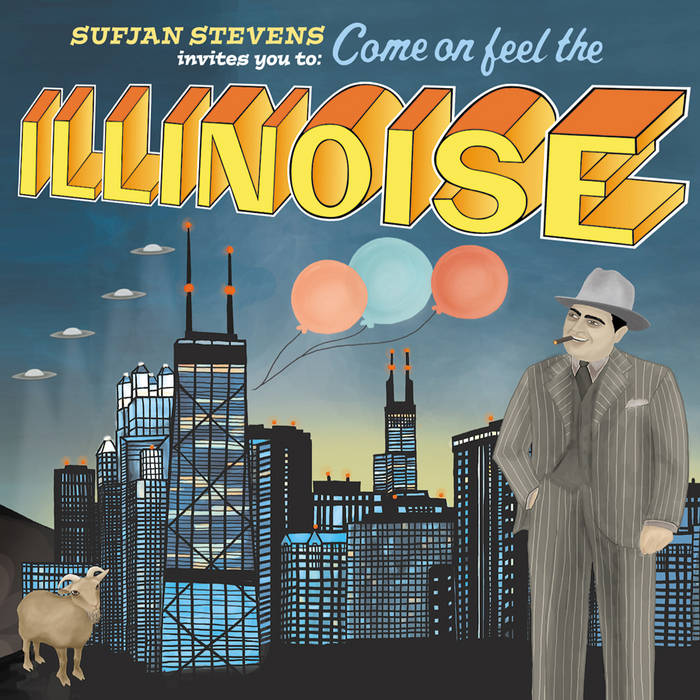Finally, some truth in advertising. Vanity Fair does prove to be the perfect vehicle for megastar Reese Witherspoon just probably not in the way the filmmakers intended.
If this is, as some of the ads have touted, “the performance of her career,” it’s indicative of a career that has gotten less and less impressive as her choice in roles has floundered. The girl can act—we’ve known that since her 1991 debut in the non-Andy-Kaufman Man in the Moon—but since then she’s specialized in performances that are over-the-top at best and cartoonish at worst. Her first time ’round as Elle Woods, the indomitable, slightly self-deluded sorority girl from Legally Blond? Fun. But by Legally Blond 2 the stereotype had been utterly exhausted. Not even Meryl Streep could have breathed life into such a simplistic, horrifically two-dimensional character.
Oddly enough, Vanity Fair’s Becky Sharp has a lot in common with Elle Woods—not to mention other Witherspoonian overachievers like Election’s Tracy Flick and American Psycho’s Evelyn Williams. Becky Sharp is yet another incarnation of the femme fatale who will stop at nothing to get what she wants. But this time, it’s not an engagement to human toxin Patrick Bateman (like Evelyn) or the class presidency (Tracy) that is the object of her desire but an invitation to society’s upper crust. Unfortunately, the motives behind this goal remain frustratingly unclear. Witherspoon shows us all of the drive but none of the humanity behind this woman’s relentless climb to the top.
Hell, even Evelyn Williams—an admittedly minor character in Mary Harron’s 2000 American Psycho—had her reasons for pursuing the titular sociopath. If those reasons were shallow, well then, so was she. (That was the point.) But Vanity Fair gives us little biographical insight into Becky Sharp, aside from the fact that she’s poor, motherless, and as clever as her surname would imply. As a heroine, she’s little more than a cipher.
Becky’s lack of personality is a massive detriment, but it serves as a great fit for the curiously empty film that surrounds her. Nair opens the film by superimposing the names of her actors over a black screen, side-by-side with peacocks. Yes, peacocks. If we are to assume that the credits are introducing a thematic element of the film, then we should take a cue from these birds: After all, they’re really pretty but kind of dumb.
And dumb isn’t too harsh of a word to describe some of Nair’s directorial choices—although in some places, it’s the intelligence of her own audience that she seems to doubt. Vanity Fair has a fairly straightforward plot, but its main points are hammered home incessantly, like Nair thought she was directing the Cliff’s Notes version.
For example: How do we know that Miss Matilda Crawley (Eileen Atkins) disapproves of Becky’s marriage to her considerably more “pedigreed” nephew, Rawley Crawley (James Purefoy)? Well, Matilde and her brother, Sir Pitt (Bob Hoskins), make a big fuss of it, in more than one scene. Both Becky and Rawley speculate on it, in more than one scene. And then, in case we still didn’t get the point, Matilde fumes about the improper union to a lady friend while sitting in the bath. Does Nair not trust her audience to understand the rarely permeated boundaries of class in 1802 London? I mean, modern audiences grasp the intricacies of old money and blue blood. Just look at the presidential candidates.
Vanity Fair has all the dressings of a lush, sensuous period piece—thanks largely in part to the contributions of cinematographer Declan Quinn and costume designer Beatrix Aruna Pasztor—but none of the soul. Its modern origins betray it at nearly every turn. Witherspoon keeps her country-fried accent admirably in check, but one can feel her straining to conceal her Southern inflection. (For a comparable performance against vocal type, see Harvey Keitel in The Duellists.) Nair’s shot of Matilde’s bare ass, emerging from the bathtub, feels anachronistically crude. And while the India-influenced segments are beautiful (most notably a “Slave Dance” performed by Reese Witherspoon and about 15 other girls), one suspects they have little purpose other than capitalizing on Ms. Nair’s Monsoon Wedding success.
These bizarre sequences—first the Slave Dance, and later, when Becky follows a suitor to India—are vaguely insulting. Just because Ms. Nair was born in India, is that a reason to add “ethnic” touches in spots where they make little sense? This is actually undermining her competency as a director, as if to say she can only adequately address subject matter that has a relation to her homeland. Ms. Nair has been offered to direct Harry Potter and the Order of the Phoenix, the fifth film in the blockbuster series (number four will be helmed by Four Weddings and a Funeral director Mike Newell.) If she accepts, can we expect to see bejeweled elephants at Hogwarts, too?
I just reread that last sentence and realized it could be horribly misconstrued. Of course, placing bejeweled elephants (and other Eastern influences) at Hogwarts is not an innately bad idea; Alfonso Cuarón certainly took enough liberties with his Prisoner of Azkaban. I’m just worried about Nair typecasting herself as a director, unconsciously trapping herself in the simplistic “minority filmmaker” designation offered by Hollywood. (It’s happened to other bright talents. Remember John Singleton?) As critic Lisa Schwarzbaum writes, “[T]here’s no earthly reason to include a dreamy, upbeat Indian travelogue as a coda for Becky.” No reason, perhaps, except the studio didn’t trust an Indian-born woman to helm a film set entirely in 19th-century England?
Oh, and if only Hollywood trusted audiences to grasp the glorious intrigue of the real Vanity Fair (and here I refer to the William Makepeace Thackeray novel upon which the film is based). Forget what I said about honesty in advertising—even the TV spots have paraded Reese Witherspoon around to declare that this is a “modern story.” Modern according to whom? Sarah Jessica Parker? True classics (and Vanity Fair is one of them) are never “modern” or “old-fashioned”; they’re timeless. Understanding this would have been the first step to making a better movie. (At least we were spared the spectacle of seeing a high-school version of Vanity Fair, à la that other Reese Witherspoon “classic,” Cruel Intentions.)
Thackeray’s Becky Sharp is so much more than a 19-century Ally McBeal. But Mira Nair and screenwriters Matthew Faulk, Julian Fellowes and Mark Skeet (it took three people to write this?) reduce her. This is perhaps most evident in the long scenes between Amelia, Dobbin, and George (played, respectively, by Romola Garai, Rhys Ifans, and a deliciously malevolent Jonathan Rhys-Meyers). The resolution of their generation-spanning love triangle is ultimately the most rewarding story.
If one simply must draw a modern parallel to Becky Sharp (already a tenuous proposition in and of itself), I would suggest Madonna. Bold and edgy, she throws caution to the wind, but real fear (of her critics? of her limitations? of being forgotten?) drives her. It turns out that once this aspect of her personality is left behind, Becky Sharp isn’t nearly as interesting of a character—and neither is the film that supports her. Legally Blonde? Call this one Regally Bland.








